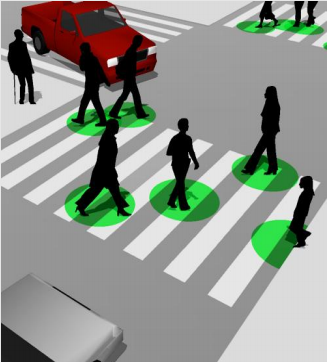
The objective of this study is the analysis of pedestrian motivations, travel habits and attitudes and behaviour, towards road safety in Europe, by using the responses of road users from a large sample including 21 European countries at the SARTRE-4 pan-European survey. The data include pedestrians’ responses to the dedicated “Other Road Users – ORU” part of the SARTRE-4 questionnaire, as well as the responses of selected questions of the common part of the questionnaire (addressed to all road users i.e. car drivers, motorcyclists, pedestrians, cyclists etc.). The data was collected by means of personal interviews on a minimum sample of 200 ORU in each country. The analysis consists of two parts, the descriptive analysis and the statistical modelling of pedestrians’ travel habits, attitudes and behaviour. More specifically, factor and cluster analyses were carried out. The descriptive analysis of the study (frequencies, percentage and country comparisons, analyses per age, gender, town size and area type) revealed significant trends on pedestrians’ road safety attitudes and behaviour. The factor analysis revealed eight factors of pedestrian attitudes, perception and behaviour. The cluster analysis revealed four groups of pedestrians according to their travel habits and three groups of pedestrians regarding attitudes and perception towards road safety. The results are discussed with respect to potential reasons leading to particular attitudes and behaviour, the pedestrians’ characteristics, the share of each group in different countries etc.
| ID | pc155 |
| Presentation | |
| Full Text | |
| Tags | pedestrians, statistical modelling |







